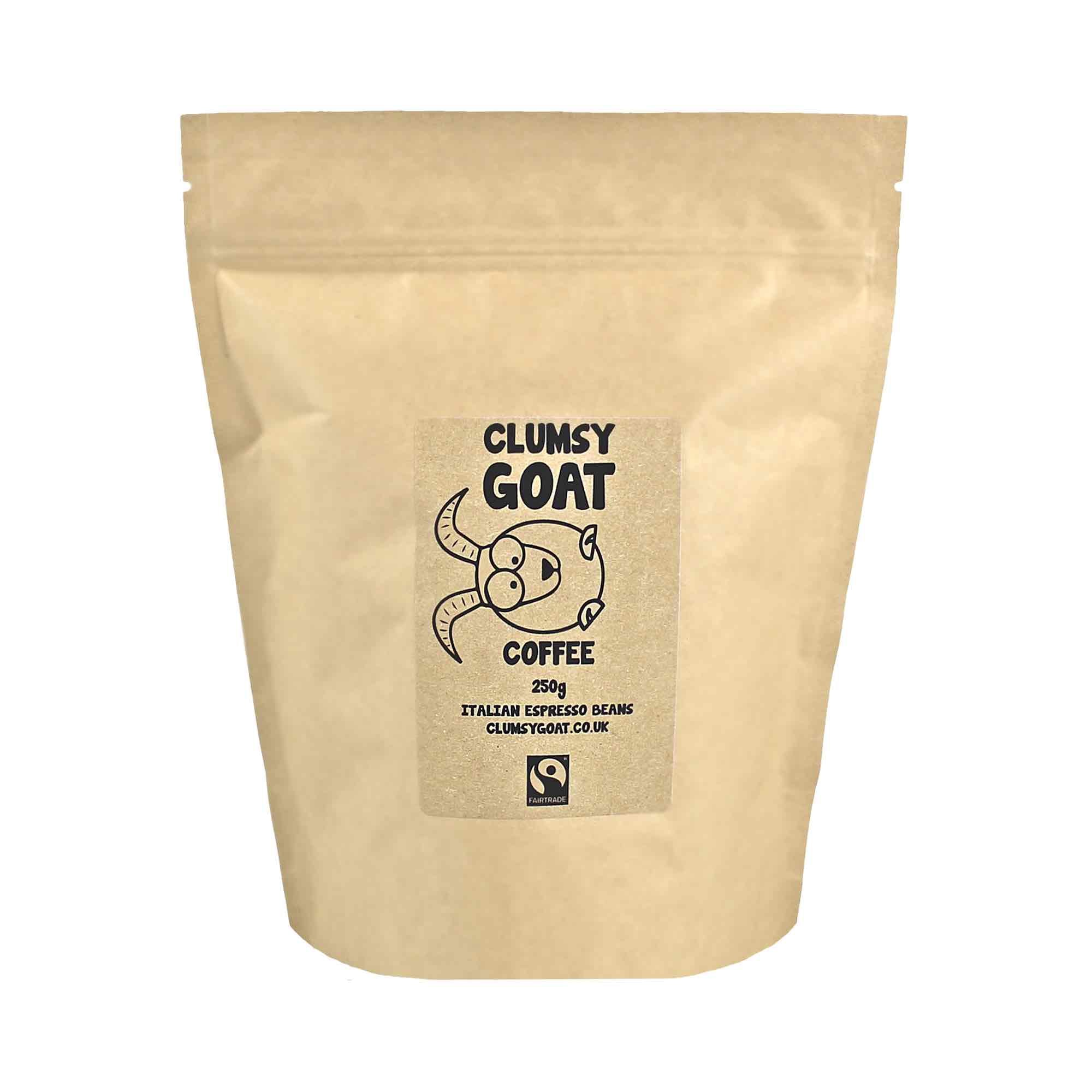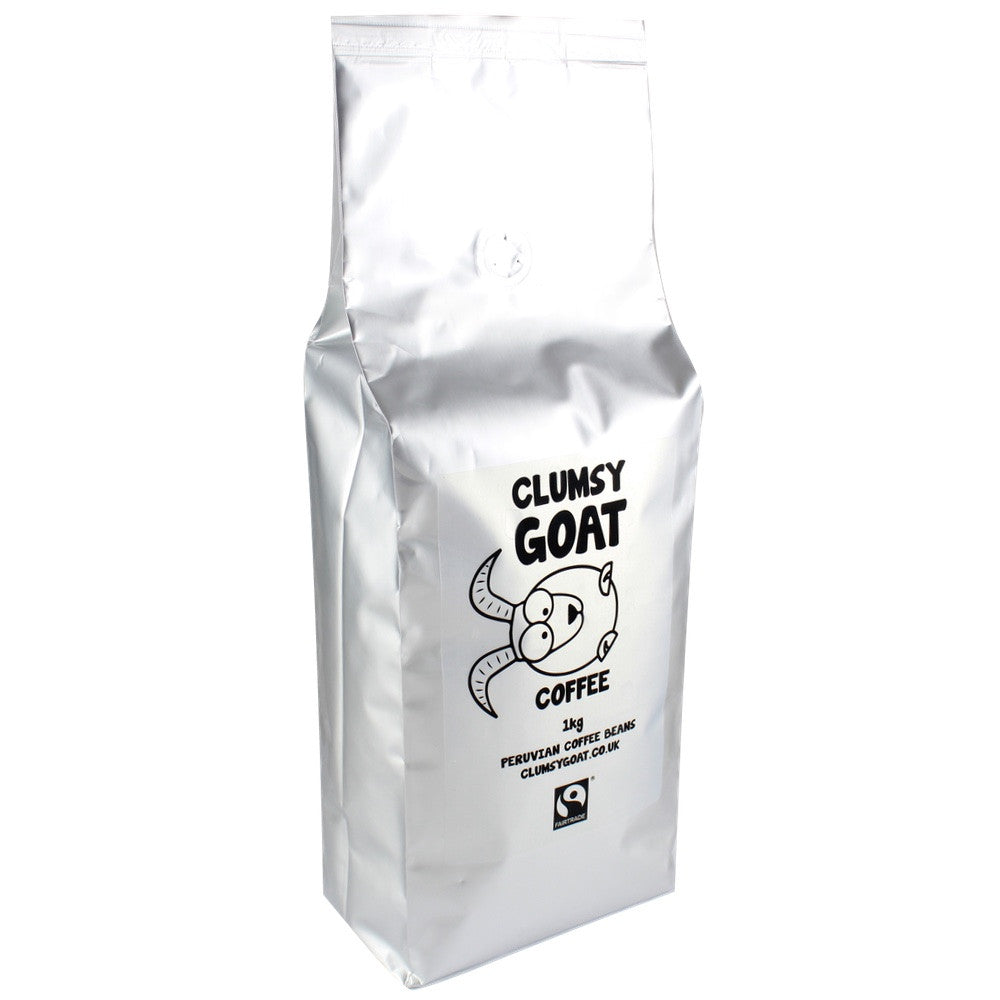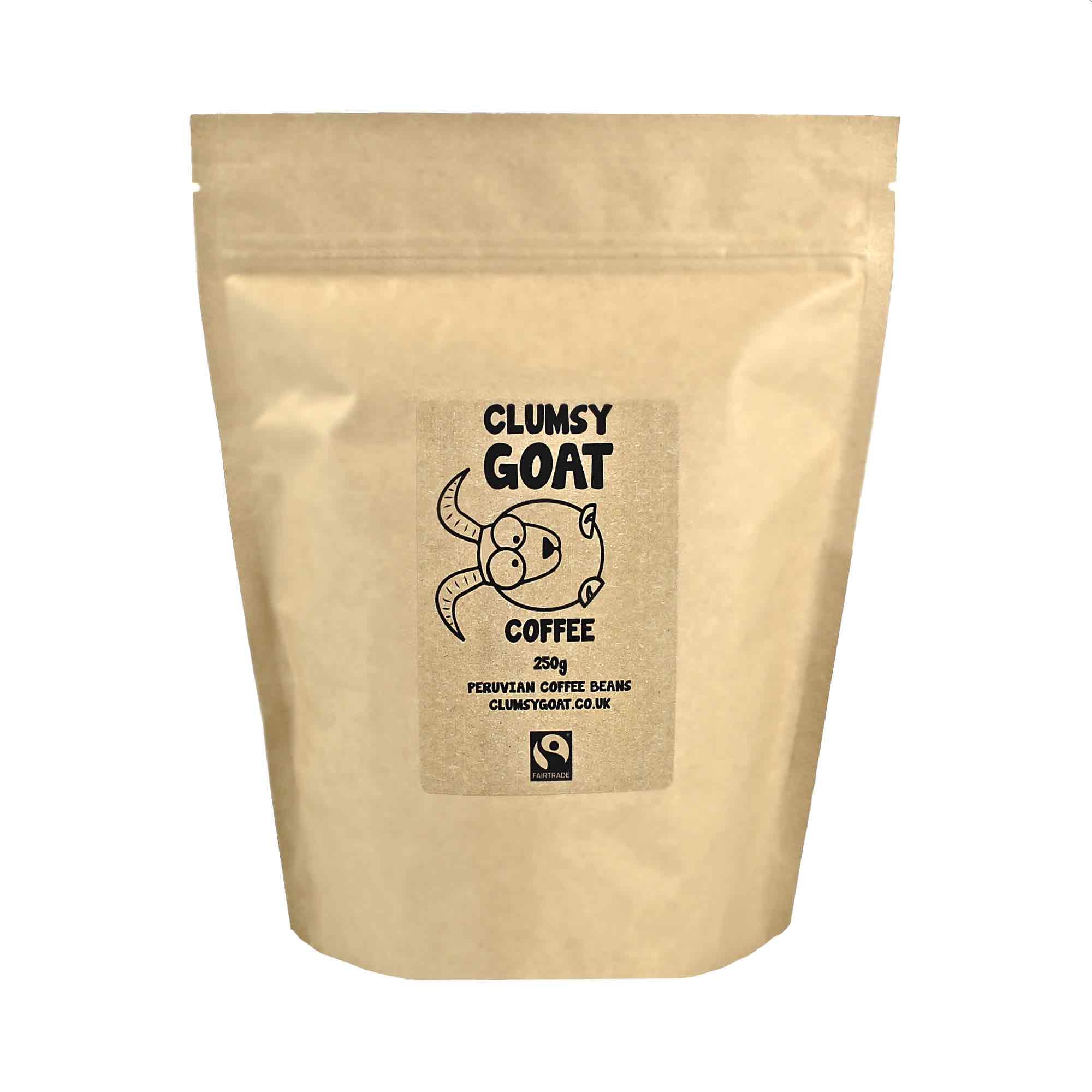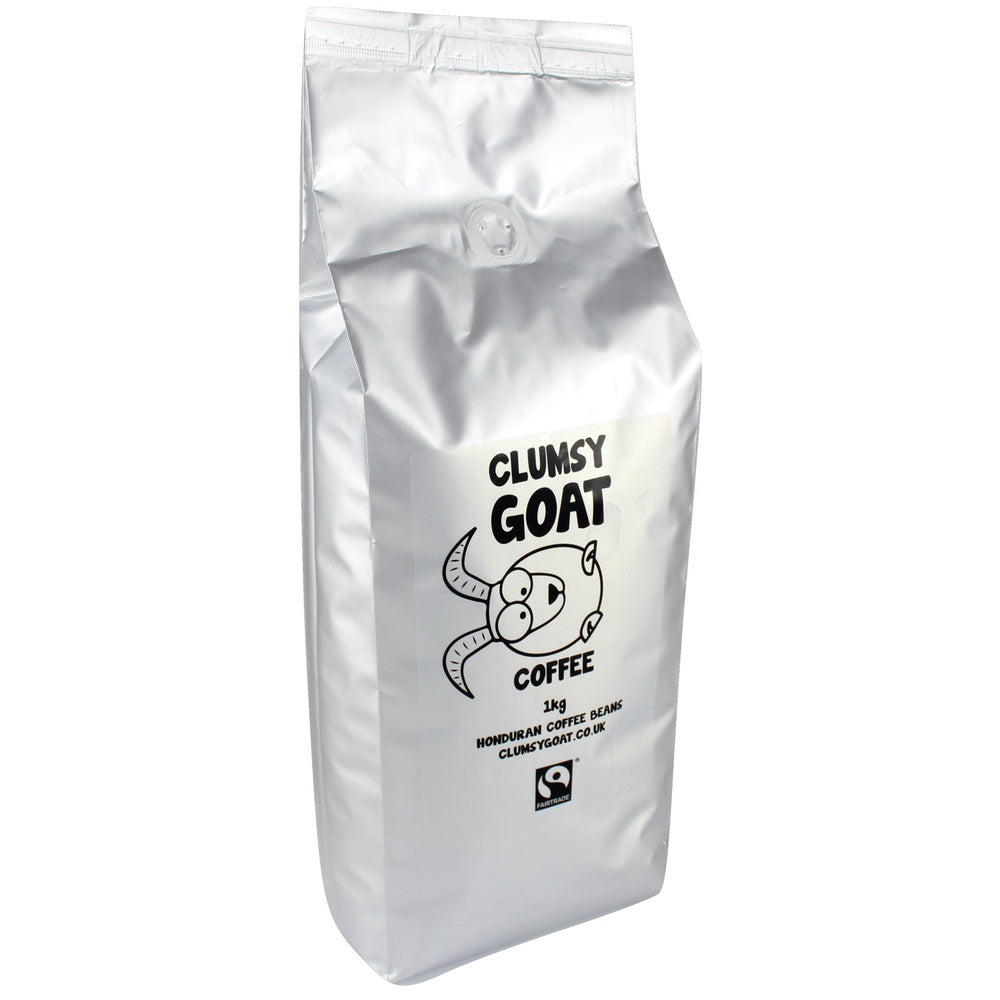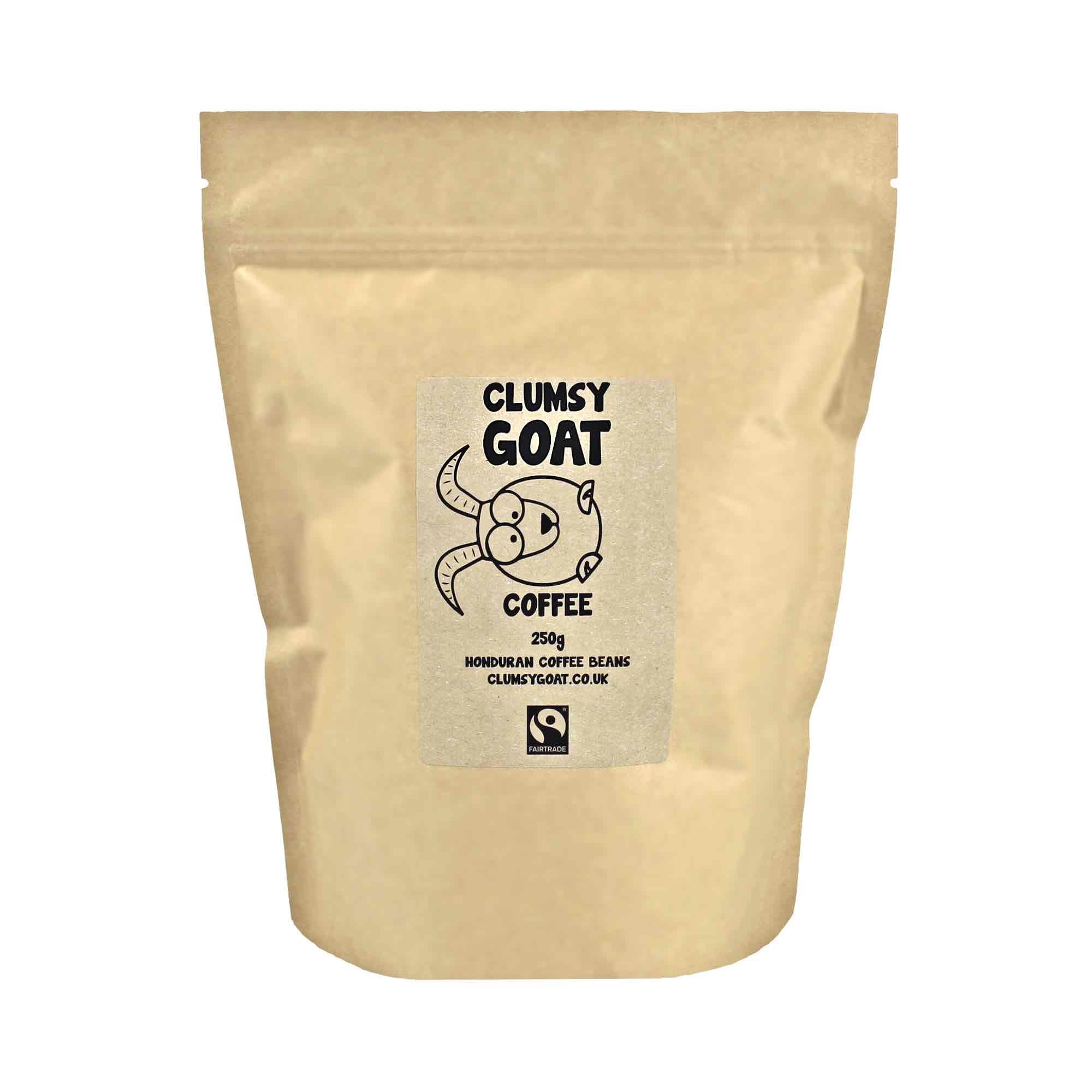Today we’re going to delve into the art of coffee brewing. Hopefully, by taking a closer look at some of the most popular brewing methods, we’ll be able to help you decide which is best for you.
French Press:
Let’s start with one we’ve definitely all heard of. First things first, you’ll need to get yourself… a French Press! They come in all shapes and sizes, so the great thing is it’s really easy to find one that’s perfect for your needs. With a French Press the coffee grounds are allowed to brew before they’re plunged out of the way. It’s possible that finer grounds will slip through the metal screen used to plunge the coffee, so for this method coarse grounds are best. Feel free to experiment with the ratio of coffee to water, but a good starting point would be 1 tablespoon of coffee per 3 ounces of water, and this is a good guideline for most brewing methods.
Simply bring your water to the boil, allow it to cool for a minute or two and pour it over the grounds.
Stir gently, just enough so all of the grounds make full contact with the water.
Next, insert the plunger just so the lid is on, and leave it to brew for around 3-4 minutes, depending on the type of coffee. When it’s time, slowly press the plunger down to the bottom and your coffee’s ready to be served.
Since no filter paper is used with this method, more of the coffee’s oils make their way into your cup, making for a coffee that’s decisively rich and full-bodied.
Drip-filter coffee:
Brewing coffee with a drip filter is also a great way to enjoy your morning cuppa, and I’m guessing many of its advocates would take pride in telling you there’s simply no other way. There are many different types of machines and contraptions that can be used and price can vary dramatically depending on what you opt for. If you’re savvy, you shouldn’t have to pay a small fortune to find something that works a treat. The concept is simple – let gravity take its course as it slowly draws through the ground coffee, drip by drip.
Perhaps automated machines aren’t for you and you’d like to brew your coffee with a more hands-on approach. If that’s the case, we’d recommend using something like a Chemex. Also known as pour-over brewing, the process is similar, but it allows you to have more control. These types of devices use filter paper to filter out the grounds, so we’d recommend going for medium ground beans. Before you start, be sure to wet the filter paper with hot water. This ensures the taste of the paper itself doesn’t sneakily land itself on your tongue.
Next, drop the grounds onto the filter paper and slowly pour a small amount of water (heated between 90-93 degrees Celsius) in a circular motion, just enough so all of the grounds make contact with it. Be careful not to let the grounds rise to the top during this process. The idea is to allow the coffee to be damp for a minute or two without dripping through the filter. This process is known as blooming, and it allows the C02 that’s become trapped in the beans during the roasting process to escape.
Once the grounds have had time to bloom, slowly pour over the rest of the water. Try to do this bit by bit, as this will allow time for the grounds to infuse effectively. Once all of the water has passed through, simply remove the filter and you’re good to go.
If you’re looking for a bold, rich brew then a drip filter or pour over method probably isn’t for you. However, if you’re looking for an exquisitely clean cup with a light body, then I think this will be perfect.
In addition to our domestic range - we also have a number of commercial drip brewers available here. All of which have zero deposit finance options available.
Espresso:
A popular choice for coffee shops and households alike is this classic Italian method. Espresso coffee can be made with traditional espresso machines or bean to cup machines. Both work by forcing hot water through finely ground, often dark-roasted coffee at extreme pressure.
Bean to cup machines are easier for beginners as they automate the whole process, meaning all that’s left for you to do is pour in your beans and press a button. Traditional Espresso machines, on the other hand, offer a greater level control, so if you consider yourself a bit of a connoisseur I’d say this is your best option. In terms of price, Espresso machines range from the hundreds to the thousands, so trying to figure out which is best can be a daunting task. If you’re really stuck, be sure to give us a call - we will be more than happy to listen to what you like and guide you in the right direction.
To make coffee with a traditional espresso machine, you’ll need to start by grinding your beans until they’re finely ground. Just remember – water will always take the fastest route, so a good espresso relies on the grounds being uniform in size. This is why if you’re hoping to buy a traditional espresso machine, we also recommend that you invest in a good grinder.
Place the grounds into a portafilter and ensure they’re levelled, rather than heaped. Next, use a tamp to press firmly – the grounds need to be firm, but not so firm that the water is unable to pass through. Following this, you’re ready to connect the portafilter, hit the magic button and wait for that liquid goodness to make an appearance.
If you’re a fan of intense flavour, then I’d say go for an espresso machine. The pressure used to extract the coffee with this method results in a full-bodied cup with a wonderful crema on top. Don't expect to be able to replicate this with any other method!
We have a range of domestic espresso machines available here, alongside our extensive commercial range, which can be seen here :)
Aeropress:
The Aeropress is a great place to start if you’re looking to make the transition from instant coffee into the world of speciality coffee. Having said that, it’s certainly not uncommon to find the even the most of seasoned sippers swearing by its unlikely charm.
It’s light, portable, it sits directly on top of your mug and the good news is you won’t have to remortgage your house to buy one. The best thing about it is you can knock up a great tasting coffee a couple of minutes! There are many ways of using the Aeropress, but for now we’ll just take a look at the original method.
Before brewing, it’s important that the Aeropress and paper filter are rinsed with hot water. This both preheats the Aeropress and ensures the filter paper is cleansed of its own, undesirable flavour.
To set up, begin by grinding your beans until they’re as fine as table salt. Next, prepare the Aeropress by inserting one of its disposable paper filters into the basket. This basket should then be connected to the bottom of the brew chamber (the part with numbers on), which can then be placed on top of a mug.
Next, add the grounds to the brew chamber and submerge them in off-the-boil water for around 10 seconds, carefully spinning the chamber to ensure all the grounds become saturated. Continue to add the water until it reaches the number 4 on the brew chamber, before stirring the mixture.
Following this, slightly insert the plunger into the brew chamber and lift up slowly to create a pressure seal. But try not to plunge yet (I know it’s tempting) as the mixture needs stirring once more, after it’s infused for around 1 minute.
OK… plunge! Apply steady, downwards pressure until the plunger reaches the bottom of the chamber. You’ll know when it’s finished because you’ll hear a hissing sound. I suppose the full cup of coffee is also a pretty good indicator that you’ve finished.
This nifty little contraption, which has garnered somewhat of a cult following over the years, produces a coffee that has the richness of the French Press method, and feels as clean as a coffee that’s brewed with the drip filter method.
So there we have it. Hopefully you’re ready take the plunge yourself (sorry!) and have a go at some of these methods. In order to get the most of your coffee experience, we always recommend using the freshest beans possible. Some beans are better suited to certain methods, so we urge you to get out there and experiment.
Be sure to click here to browse our very own range of freshly roasted, Fairtrade coffee beans. There’s plenty to pick from – whether you’re looking for wonderfully balanced espresso blends or superb single origins.
We also offer Roast of the Month coffee subscriptions, with pre ground options available for your preferred brewing method - free shipping is included too!





